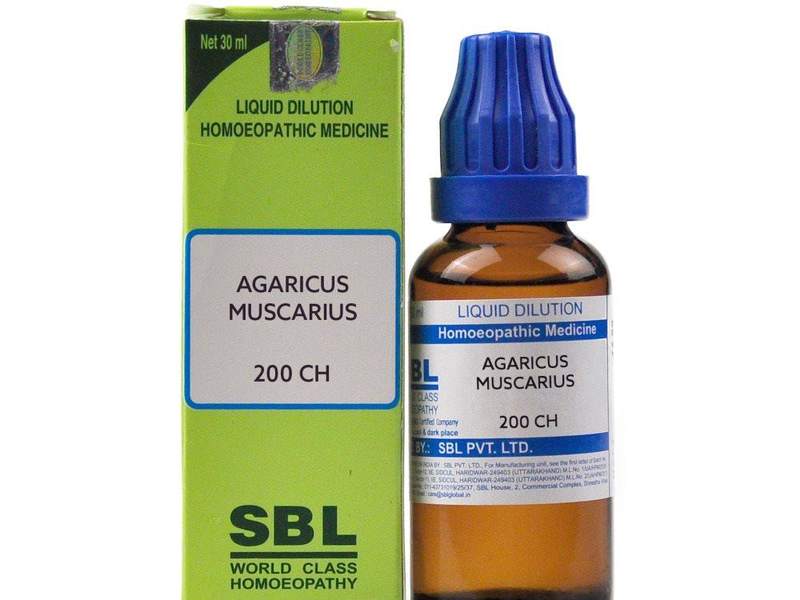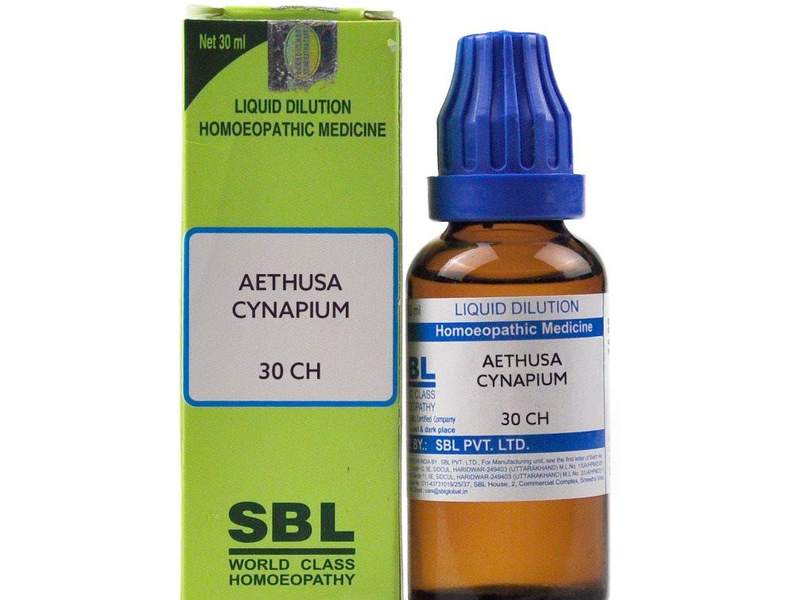Homeopathic Medicine for Stool Related Problems
₹1,536.00 Original price was: ₹1,536.00.₹993.00Current price is: ₹993.00.
Homeopathic Medicine for Stool Related Problems
Aloe soc. (Thrice a day): Sense of insecurity in rectum when passing flatus; not sure whether gas or stool will come.
Antimonium crud. (Thrice a day): Stool composed entirely of mucus.
Anacardium ori. (Twice a day): Ineffectual desire for stools. Rectum seems plugged and inactive to expel the stool.
Argentum nit. (Thrice a day): Stool greenish, expelled with noisy flatus. Desire for passing stool immediately after eating.
Asafoetida (Thrice a day): Watery stools with a very bad smell. Pain in the abdomen before passing it.
Calcarea phos. (Thrice a day): Stool green, slimmy, hot, sputtering and undigested. Flatus is fetid.
Chamomilla (Thrice a day): Stool green, watery and offensive.
Colchicum autum. (Thrice a day): Painful, scanty, transparent and jelly-like stools. Feels feces in the rectum but cannot pass them.
Colocynthis (Thrice a day): Desire for stool while eating or drinking. Jelly-like stools.
Crotalus hor. (Thrice a day): Thin, offensive, black stools like coffee grounds.
Graphites (Twice a day): Liquid, brownish, undigested stools which are very fetid and passed with wind preceded by colic.
Helianthus (Thrice a day) (Sunflower): Black stools and vomiting.
Kalium phos. (Thrice a day): Desire for stools while eating or drinking.
Mercurius sol. (Thrice a day), Arsenicum alb. (Thrice a day), Podophyllum (Thrice a day): Never “get done” feeling after passing stool.
Natrium sulph. (Thrice a day): Large quantity of stool which is yellow in color and watery. Loose morning stool. Involuntary stool when passing flatus.
Nux vomica (Thrice a day): Frequent, ineffectual desire for stools.
Podophyllum (Thrice a day): Great straining for passing the stool with prolapse of the intestines.
Psorinum (Twice a day): Stools dark brown, watery with intolerable offensive smell.
Pulsatilla nig. (Thrice a day): Two or three normal stools a day.
Rheum (Four times a day): Offensive and sour smelling stools. The patient smells sour. This condition sometimes occurs with children.
Rhus g. 1c (Twice a day): Its use in foul and fetid conditions of stools and flatus makes them free of odor.
Silicea (Thrice a day): Stool protrudes and slips back again and again due to weakened expulsive power.
Sulphur (Twice a day): The patient has to rush to the toilet early in the morning on rising. The urge is very strong. Alternately, there is great straining before and after passing the stool, and constant bearing down feeling in the rectum.
Tanacetum vulg. (Thrice a day): Desire for stool immediately after eating or drinking.
Veratrum alb. (Thrice a day): Patient wants to swallow his own stool or urine. It happens in mentally deranged persons.
NOTE: Methane, bacterial and degraded food stuffs are present in the stool. So, there is always some odor in the stool but it should not be a strong, pungent odor. The pungent odor can be due to eating too much animal protein or an imbalance of intestinal bacteria or presence of intestinal worms. The black color of the stool indicates bleeding in the upper digestive tract and can be due to digested blood cells. Light green color is a sign of too much consumption of sugar or fruits or vegetables. Clay-colored stools shows that there is a problem with the gall bladder and liver.
Related products
Homeopathic Medicine
Aesculus Hippocastanum Materia Medica – Aesculus Hippocastanum 30c Uses
Homeopathic Medicine
Homeopathic Medicine
Homeopathic Medicine
Homeopathic Medicine
Homeopathic Medicine
Homeopathic Medicine
Asafoetida Homeopathy Benefits, Uses – Asafoetida 30 Homeopathy Medicine
Homeopathic Medicine











